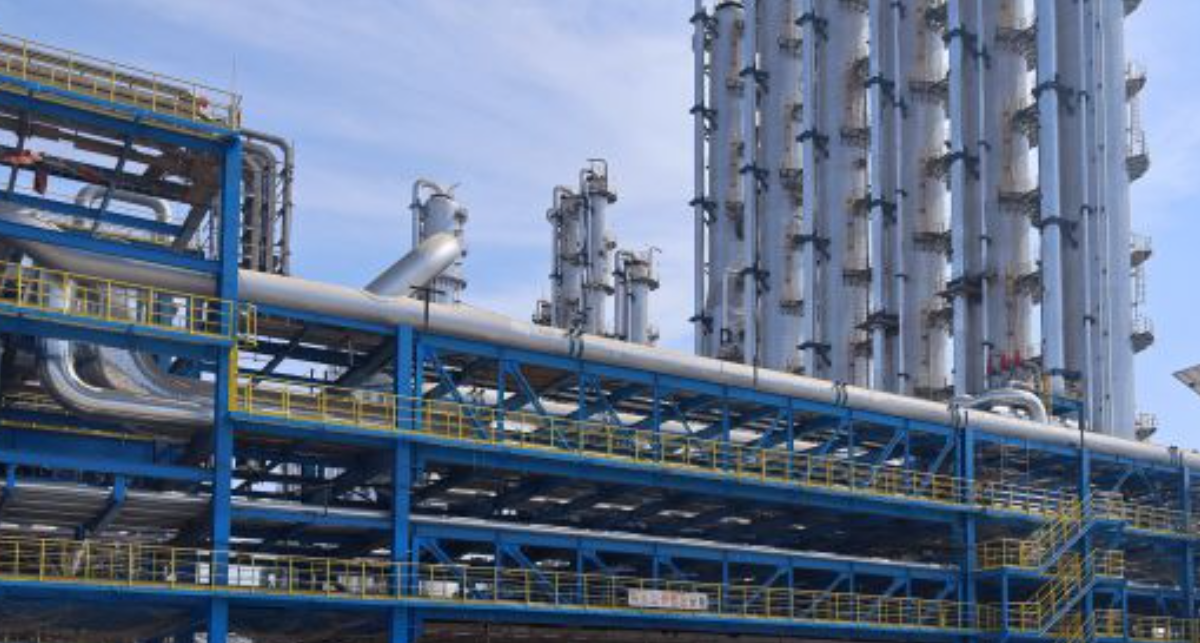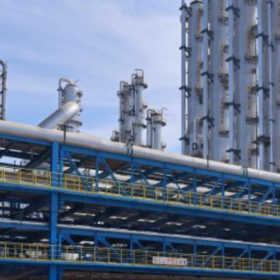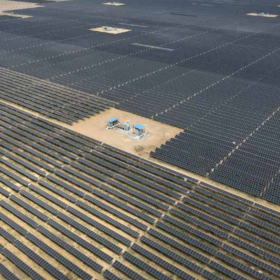The ever-increasing demand for electric vehicles, rooftop solar systems, and energy efficient equipment is creating a new dynamic in consumer finance. Households and businesses are increasingly weighing investments that lower their environmental footprint while offering long term savings. The challenge is affordability and access to credit. In this vein, a new idea is gaining ground: treating the carbon value generated by these assets as a form of collateral for lending.
India’s Climate Goals and Green Finance Direction
India has committed to reducing the emissions intensity of its GDP by 45% by 2030 from 2005 levels and achieving net zero by 2070. These commitments require significant financial support for clean energy and sustainable assets. The Reserve Bank of India and other regulators have introduced measures such as including renewable energy under Priority Sector Lending, setting frameworks for green bonds and encouraging green deposits. These steps are intended to guide capital into projects that align with national commitments.
A key aspect of this approach is the alignment between policy and market response. Financial institutions are starting to recognise that consumer lending for green assets is not only about enabling individual purchases but also about contributing to national energy security. As power demand rises across urban and semi urban India, reliance on fossil fuel-based sources creates volatility in pricing and supply. Financing structures that support decentralised renewable assets provide stability to households and businesses while easing pressure on national grids. This reinforces the value of integrating carbon credit potential into financial decision making.
Defining Green Assets in the Indian Context
The Central Pollution Control Board has categorised industries into red, orange, green, and white based on their pollution index. Assets and businesses that fall within the green and white categories carry lower environmental impact and are recognised as contributing to sustainability. The Bureau of Energy Efficiency and SIDBI have further outlined energy efficient equipment that deliver measurable reductions in energy use compared to conventional options. Solar rooftops, electric vehicles, batteries, biomass facilities and green hydrogen projects are examples of such assets. They represent both environmental value and economic potential.
The consumer segment for these assets is also widening. Earlier, rooftop solar and electric vehicles were largely considered aspirational purchases for urban households. Now, smaller enterprises, housing communities and rural adopters are actively seeking financing models that lower upfront costs. This trend indicates that green asset adoption will no longer remain limited to metropolitan regions but will extend across geographies. As this demand diversifies, financing backed by carbon credits could ensure that access to clean technology is not restricted by income or location.
Carbon Credits as Collateral for Lending
Green assets produce carbon credits because of their reduced emissions compared to traditional alternatives. These credits are quantifiable, verifiable, and tradeable through global registries such as VERRA and Gold Standard. By adopting internationally accepted accounting standards like UNFCCC CDM methodologies, these credits can provide a transparent and reliable measure of value.
For lenders, this creates an additional dimension to consumer financing. The underwriting of loans can consider not only the asset price but also the projected value of carbon credits over the loan tenure. This strengthens repayment potential and improves access to credit for borrowers. Digital tools including IoT-based monitoring and AI-driven data platforms are making credit verification more accurate and efficient.
Expanding Affordability and Adoption
When carbon credits are factored into the economics of lending, the affordability of clean assets improves. Electric vehicles, rooftop solar and other low emission technologies become more accessible to consumers across income brackets. Financial institutions benefit from reduced risk exposure and a stronger case for expanding green lending portfolios.
Conclusion
Carbon as collateral represents a practical financial innovation that can influence the pace of sustainable adoption in India. It assigns clear monetary value to environmental benefit and integrates this into consumer lending models. With appropriate regulatory backing and reliable accounting systems, the idea holds potential to expand credit availability, reduce cost barriers and support national climate commitments while creating long term economic opportunities.
The views and opinions expressed in this article are the author’s own, and do not necessarily reflect those held by pv magazine.
This content is protected by copyright and may not be reused. If you want to cooperate with us and would like to reuse some of our content, please contact: editors@pv-magazine.com.








By submitting this form you agree to pv magazine using your data for the purposes of publishing your comment.
Your personal data will only be disclosed or otherwise transmitted to third parties for the purposes of spam filtering or if this is necessary for technical maintenance of the website. Any other transfer to third parties will not take place unless this is justified on the basis of applicable data protection regulations or if pv magazine is legally obliged to do so.
You may revoke this consent at any time with effect for the future, in which case your personal data will be deleted immediately. Otherwise, your data will be deleted if pv magazine has processed your request or the purpose of data storage is fulfilled.
Further information on data privacy can be found in our Data Protection Policy.